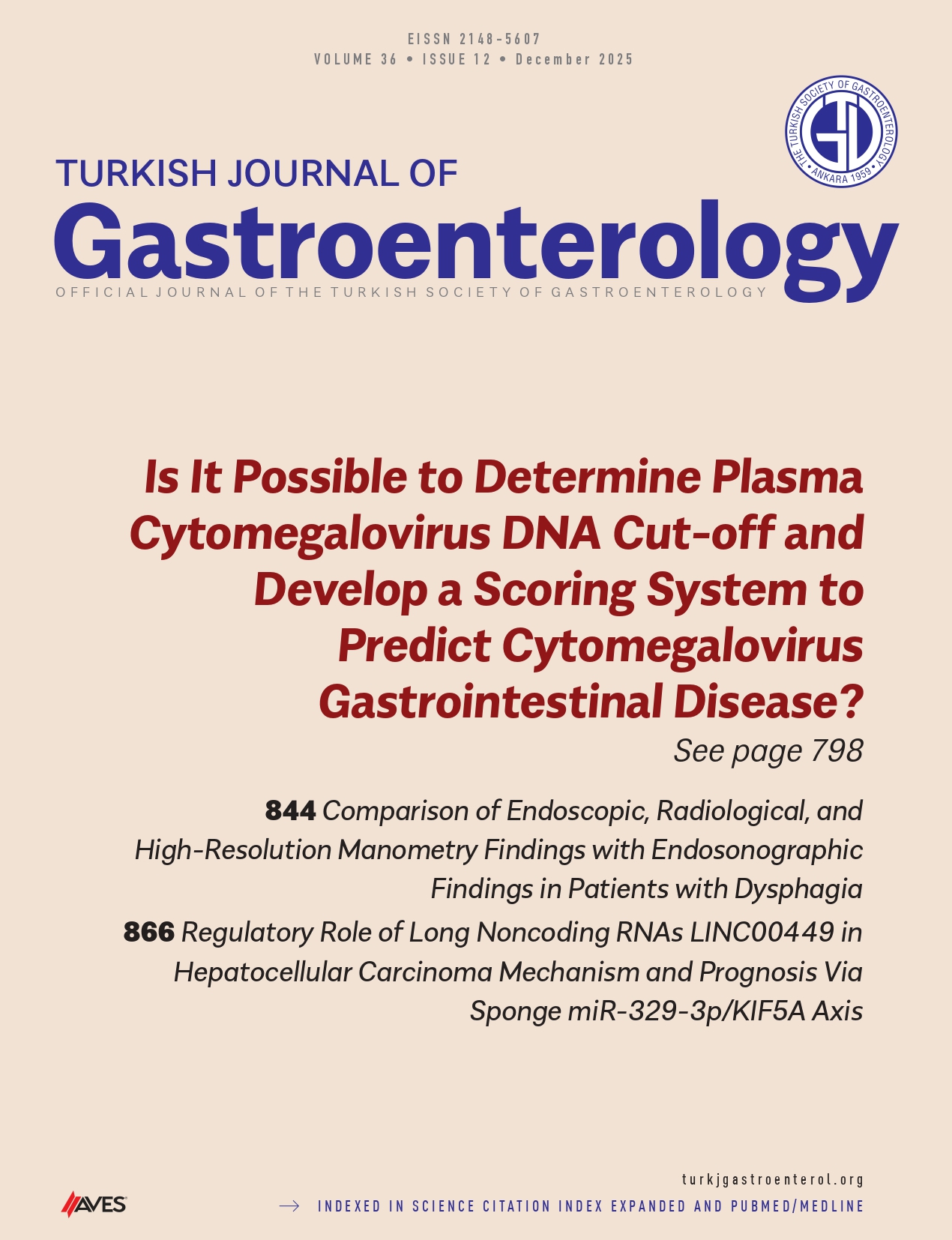Abstract
INTRODUCTION: The aim of the study is to evaluate the sustained viral response to new HCV treatment (direct-acting antivirals )in the second year of treatment and evaluation of side effects
METHODS: Clinical and laboratory findings of all hepatitis C patients were recorded before starting DAA treatment. The side effects were evaluated for once a week in the first month of treatment then once in two weeks untill the end of treatment. HCV RNA negativity and sustained viral response was followed minimum 48 months.
FINDINGS: HCV patients, ages between 26-85, totally 39 patients (20 male,19 female), were included in the study. HCV genotypes were genotype 3 a in one, genotype 1 a in five, and genotype 1 b in 33 of the patients. Genotypes and treatment regimens are shown in Table 1 and HCV RNA negativity days during treatment were summarized in Table 2.Most commonly observed clinically side effects were weakness and fatigue in 4, hypotension in 2, bradycardia in 1, insomnia in 3, chronic itching in 2, hair loss in 1 and dyspepsi in 2 patient. Most common laboratory abnormality was hyperbilurbinemia followed by increased serum levels of amylase, alanaine aminotransferase and anemia in patients on including regimen either with or without ribavirin. Anemia was observed on only one patient who was treated with sofosbuvir+ribavirin regimens. Hyperbilurbinemia was generally observed after 15th day but levels showed decreasing and returned to normal values untill 3rd month of treatment except in one patient in whom levels returned normal at 4th month. On laboratory evaluation, only three patients treated on sofosbuvir including regimens showed laboratory abnormality (mild hyperbilirubinemia and mild amylase increasing) during treatment. In PROD including regimens, hyperbilirubinemia was seen in eight patients, amylase increasing in five patients and ALT increasing (threefold and sevenfold) in four patients. No serious side effect requiring to stop the treatment was observed. In one of the patient ribavirin dose was reduced due to anemia. Although HCV RNA negativity was achieved in 45 days in a patient with Sofosbuvir, the patient stopped treatment after the 4th month. In another patient who received PROD treatment, HCV RNA was negative on the 28th day, but the patient continued his cyclosporine treatment despite the doctor’s recommendation. Therefore, acute renal failure developed and PROD treatment was discontinued and HCV RNA was again positive.
CONCLUSION: Recently introduced DAAs were found to be safe and effective in HCV treatment. In all cases except these two patients,all patients had persistent response, and 48 weeks after the end of treatment, this still persists.There was no serious side effect in our patients. However patients who treated with PROD regimens, possible increase in levels of bilirubin, amylase, and ALT after second week of treatment should be considered; so the patients should be closely followed-up for those parameters.




.png)
.png)